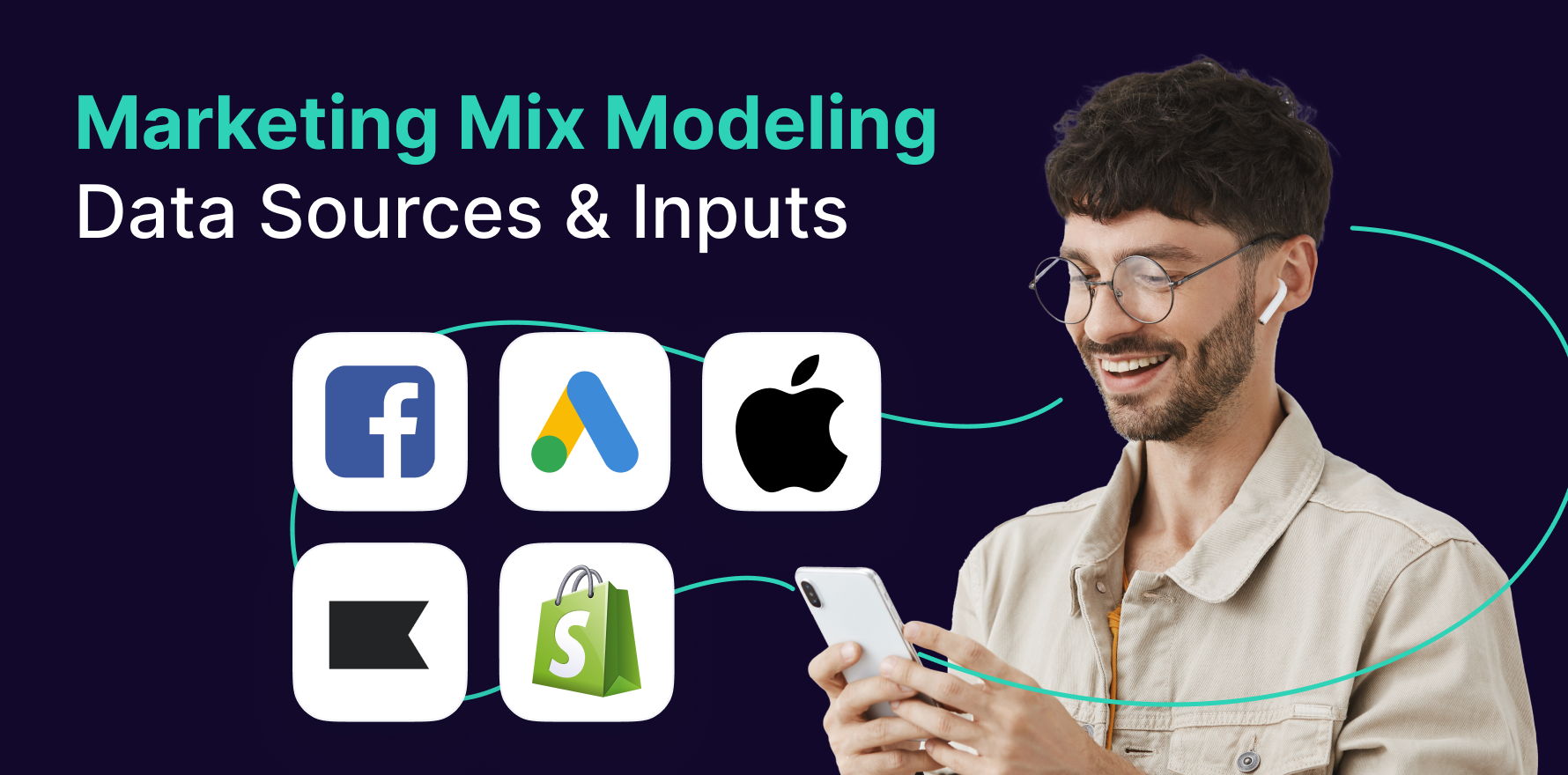What is Return on ad spend (ROAS)?
Return on Ad Spend (ROAS) is an essential performance metric in ecommerce and digital marketing that examines the effectiveness of advertising campaigns. It provides insight into the profit generated from online advertising investments, allowing businesses to optimize their ad spend, maximize their return, and identify successful channels.
Formula
ROAS = (Revenue from Ad Campaign) / (Cost of Ad Campaign)
Example
An ecommerce store spends $1,000 on a Google Ads campaign, which generates $5,000 in revenue. The ROAS for this campaign would be calculated as follows:ROAS = ($5,000) / ($1,000)ROAS = 5In this example, the business earned $5 for every $1 spent on advertising.
Why is ROAS important?
Return on ad spend is essential for ecommerce businesses because it measures the financial success of advertising efforts. A high ROAS indicates that advertising investments generate considerable revenue, while a low ROAS may suggest inefficiencies or a need to reconsider marketing strategies. ROAS is useful for:
- Allocating budget across different ad campaigns and channels.
- Identifying profitable and underperforming advertising initiatives.
- Optimizing ad copy, targeting, and bids for better performance.
- Comparing the effectiveness of different marketing strategies.
- Setting realistic targets and goals for future ad campaigns
Which factors impact ROAS?
- Market conditions and competition.
- Target audience size and demographics.
- Ad quality and relevancy.
- Keyword selection and targeting.
- Bidding strategies and budget allocation.
- Seasonality and industry trends.
How can ROAS be improved?
Improving ROAS requires a mix of data-driven strategies, targeting precision, and creative excellence. Some ways to improve ROAS include:
- Refining audience targeting to reach the most likely buyers.
- Running A/B tests on ad copy and visuals to identify high-performing content.
- Implementing retargeting campaigns to re-engage customers who have shown previous interest.
- Analyzing performance data to optimize bids and allocate budget towards high-performing keywords and channels.
- Incorporating promotions, discounts, and other incentives in ad campaigns to increase conversion rates.
What is ROAS’s relationship with other metrics?
- Click-through rate (CTR): Higher CTR indicates more compelling ads that drive users to click, potentially increasing ROAS.
- Conversion rate: A higher conversion rate could lead to a higher ROAS, as more ad clicks result in sales.
- Average order value (AOV): A higher AOV means an increased revenue per transaction, boosting ROAS if ad spend remains the same.
- Customer acquisition cost (CAC): A lower CAC implies a more efficient ad spend, potentially increasing ROAS.
- Customer lifetime value (CLV): Higher CLV indicates customers who spend more over time, contributing to a better ROAS.
Free essential resources for success
Discover more from Lifesight
























































